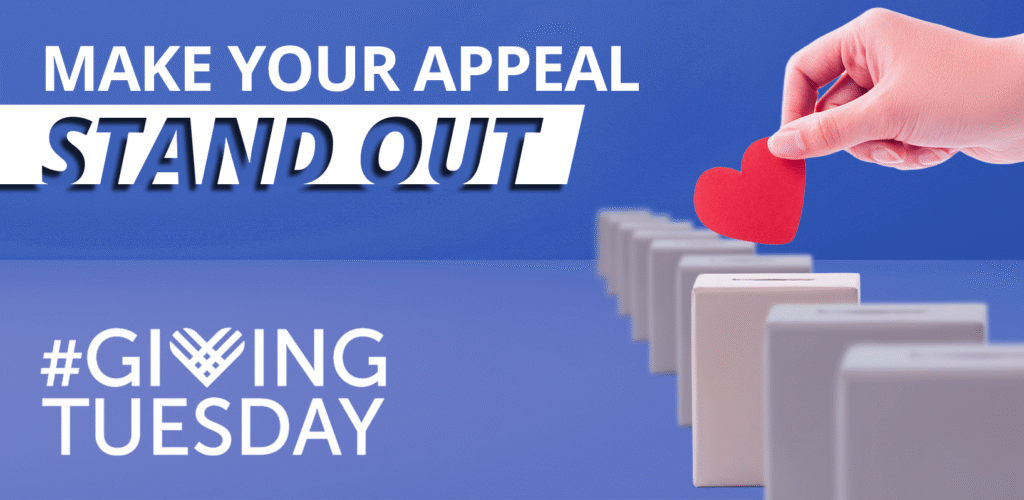
When it comes to personal finances, one thing is certain: People can get funny when it comes to talking about their money. Whether it is how much one carries in his or her checking account, what percentage is saved from every paycheck for a rainy day fund, how much is set aside for retirement, or even a standard credit score, personal finance is not the first topic of choice to discuss – with anyone.
The cause for the uncomfortable financial conversation isn’t solely ignorance about one’s own financial situation, but rather the lack of true understanding of what it means, and the importance of being the boss of your personal finances. It is not about the dollar signs attached to the wages earned for all of the hardworking hours you put in every day.
Simply stated: Money is worthless unless you know what to do with it.
Are there ways for people to get assistance with money-making decisions? Of course. Allocate your money with a good financial advisor and check in with them regularly. The financial industry is full of excellent talent.
Or, take a page from a communications professional’s play book and create a game plan that puts you in full control of your money, allowing you to realize the ultimate satisfaction of managing your personal finances.
First, establish a goal – start with just one. Do you want to boost your savings account (or at least start one) because you want to own a home? You realized you are tired of paying someone else’s mortgage through rent and it would be much better to pay yourself and gain equity through home ownership. Or, is the goal something less sexy but just as important, such as finally correcting that unpaid cellphone bill from your sophomore year in college that is somehow still incurring penalties and interest, impacting your overall credit score. A specific goal needs to be identified.
Second, identify the audiences you need to communicate with in order to help you accomplish your goal. This could include banks or credit unions where most of your money is housed – even if the majority of it is in an account for one day before all the bills are paid. It could be any company that is dangling an unpaid bill over your head, which a credit report will detect for you. Additionally, it could include any family members or friends that might be able to help with short-term loans so you can pay of any debt for outstanding bills, while paying them back interest free.
Next, organize the list of tasks you will need to take on to accomplish your goal. This is where the rubber meets the road and the sweat hits the brow. However, it is also where small doses of satisfaction can be experienced. This entails speaking with all of those audiences, taking responsibility for any past actions and making new paths for future solutions. If it comes down to putting aside an extra $50 every month toward the down payment of a future first home, or spending that same amount on the leasing payment for the new iPhone, this is the time to make the financial commitment toward your goal.
Timelines are key, especially with money. Set a realistic timeline with minimal pressure to achieve your financial goal. Expenditures can be predicted but they are not always predictable – as in potential, emergencies. If you want to consolidate student loans and pay more back to the lenders who aided in obtaining your degree, don’t set a time-pressured schedule if you also know you’ll be traveling for your best friend’s wedding. Stick to the timeline after one, two and three months – and before you know it, you will reach one year before with a much improved financial well-being.
Next step: just like any communications plan, a determined budget needs to be established in order to proceed with all necessary action steps. When it comes to personal finances, this means determining your needs vs. wants and what are you willing to forgo in order to accomplish your goal. Start by looking at your take-home pay and comparing it to your current expenditures. This is when you learn to pay yourself first. Take $25 from every paycheck and put it into your savings or add it to your current retirement plan. You will realize even in a short time that you won’t even notice the expenditure adjustment and you’ll find ways to increase your set-aside amount – every paycheck.
Finally, evaluate your progress. There is a lot of data and analytics to determine the success of a communications plan. You’ll see even more results when you watch your money grow. Even more important, evaluating your tasks – what works best and which areas still need improvement – will add more flexibility with your money and applying it to your goal.
Some lucky people had the advantage of learning the basic skills of personal finances at an early age – either through school, parents or some other entity that placed a high importance on fiscal principles. For many others, it can be a constant wave of questionable decisions and actions that end up having worse odds than placing your money on the roulette table.
Achieving financial literacy doesn’t have to be communicated. But, the same framework that builds an effective communications strategy can be applied to gaining personal financial success.
Note: Brian Dries is not a financial advisor but he is a successful communications strategist that strongly believes in financial education in order to attain personal financial literacy. He previously coordinated the city’s Bank on Philadelphia initiative that helped thousands of Philadelphians get into mainstream financial institutions, promoted several financial literacy programs for adults and youth and volunteered as a financial wellness coach through a local nonprofit.




